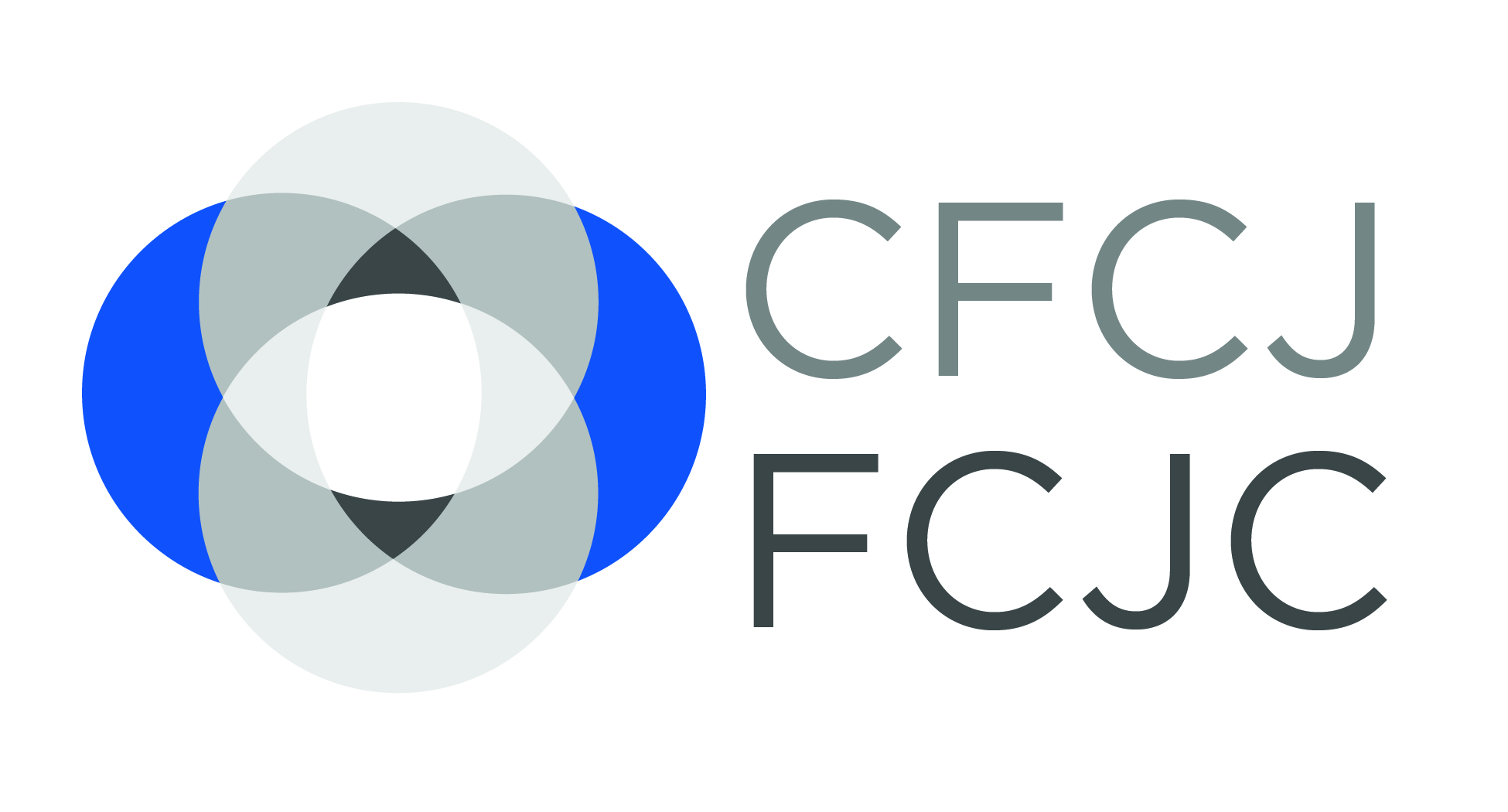I have had the good fortune of being involved in a number of groups and initiatives aimed at improving access to justice and reforming family law processes over the last few years – from pro bono advice clinics and rosters, to public legal information websites and Wikibooks, to the reconstruction of court rules and legislation – and have recently become plagued by the feeling we’re getting something wrong, that there’s something more fundamental at play I’m overlooking. Partly this stems from the observation in Beyond Wise Words that despite the innovations and overhauls to date, “reports and inquiries continue to call for further reform, saying that the changes to date, while welcome, are simply not enough.” Partly it comes from a concern that the main thrust of our service delivery just might be targeted at the wrong point in people’s interactions with the justice system, that perhaps we are shutting the barn door a bit too late.
At present, the bulk of public services are delivered at one of three points in people’s involvement with the law: general public legal information delivered through seminars, workshops and pamphlets to people who are idly grazing for legal information or helping a friend; narrowly-focused legal information, advice and representation delivered to individuals at the moment of crisis, often following separation, a threat to take the children or service of process; or, detailed, concrete legal information and advice delivered to individuals who are well engaged in a proceeding, usually unrepresented by counsel, and are seeking details about specific issues, such as making or replying to an application, demanding or making disclosure or preparing for trial. I’m sure there are delivery models that I am overlooking, but I’ll bet this is where the lion’s share of our country’s law foundations spend their money.
The delivery of general-purpose public legal information is inexpensive to arrange, and has the merit of engaging lawyers with the community and the community with the justice system. However, relatively few people attend seminars or browse websites on family law out of curiosity. Would that more did.
The delivery of information and services at times of crisis is where legal aid, pro bono groups and other service organizations have traditionally spent their time and money. Although it demands significant human resources and a concomitant degree of infrastructure, it addresses the most visible need and provides help when it is needed most. It is also precisely the least opportune time to provide legal information and advice; people in panic are rarely able to absorb the difficult, complex and sometimes counterintuitive information required to make the difficult decisions that must be made and which shape the future course of their litigation. This delivery model also has poor spread, in the sense that there is usually only one person being helped and the services provided go no further than the individual; they tend not to improve the general understanding of the community as a whole.
The delivery of targeted information in the refractory stage between crisis and resolution often provides the greatest benefit to the individual. They are calm and able to digest the information provided, they have some experience in court and are able to sort that information into the model of the system they have begun to form, and they gain a more richly contextualized sense of the fabric of the law beyond the specific issue or event prompting them to seek help. However, as with the delivery of information at times of crisis, this model also does not distribute information beyond the individual recipient.
Assuming that my observations are more or less accurate, it seems to me that the bulk of our efforts are directed at the time when people: are the least able to absorb the information we seek to provide; are the least equipped to make the critical decisions necessary for their case; and, are already locked into a costly and adversarial process that is, in all likelihood, the worst possible way to resolve a family law dispute.
This leads me to that nagging question. How can we reach these individuals before they reach their Waterloo?
The current approach to public legal information, advice and representation strikes me as a bit like providing advice about dental care only when the tooth is already half rotten and the options are reduced to extraction or a root canal, without having previously discussed the importance of basic dental hygiene. In both cases, the litigant/patient receives help at a watershed moment when choice of action is limited and locked into a process that will cost the both individual and the system greatly; in both cases, the crisis might have been averted, or at least mitigated, had basic information been provided much earlier on, at far less emotional and economic cost. I suppose another analogy would be to a system of health care relying on walk-in clinics as the primary point of contact rather than family doctors providing ongoing, prophylactic care.
Since there seems to be no practical way – well, no tactful way – to discern the likely breakdown of a relationship and encourage the parties toward counselling, mediation or a collaborative process before disaster strikes, the only solution that comes to mind is a culture shift.
Our society remains deeply mired in an assumption that court is where legal disputes are resolved. Collect a random selection of passersby, and put to them a scenario of dismissal without cause, an unfair eviction or a thieving neighbour. Ask them what they’d do to resolve the problem, and the answer will almost invariably involve litigation. This, I think, is a key issue and the primary reason why our public services are delivered as they are. This may be what needs to change.
I therefore suggest we must treat legal literacy as a value as worthy of pursuit as English literacy or numeracy. It is, after all, an essential component of competent citizenship in a democratic civil society, and of understanding one’s rights and obligations as an employee, a tenant or a neighbour. Perhaps a sufficient knowledge of the principles of fundamental justice and the manifold ways in which disputes can be resolved quickly, efficiently and cooperatively, without the delay, expense and acrimony of the trial process, will usurp Judge Judy, Damages and Boston Legal as our paradigms of dispute resolution.
I am under no illusions that this can be accomplished any time soon, but if the effort begins in primary school and is reinforced and expanded in high school, perhaps the barn door will one day be bolted before it is too late. However, unless we begin this sort of messaging early and frequently, we are unlikely to shift the popular approach to the disputes of separated families, and will continue pouring buckets of money into an inherently inefficient service model with nothing being done to divert potential litigants from an equally inefficient court system. Apart from the general improvement in personal wellbeing to be had from choosing dispute resolution processes other than court, I expect that even a modest decrease in the number of people heading to court will yield substantial savings for the court system and the organizations providing public legal information, advice and assistance.





